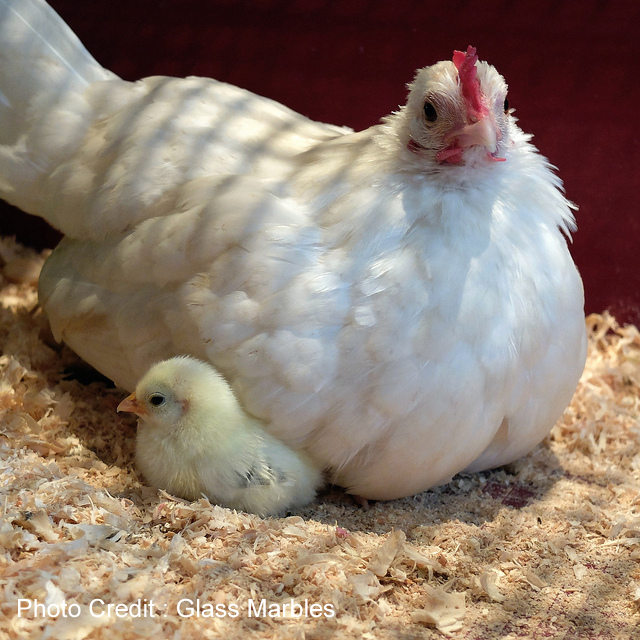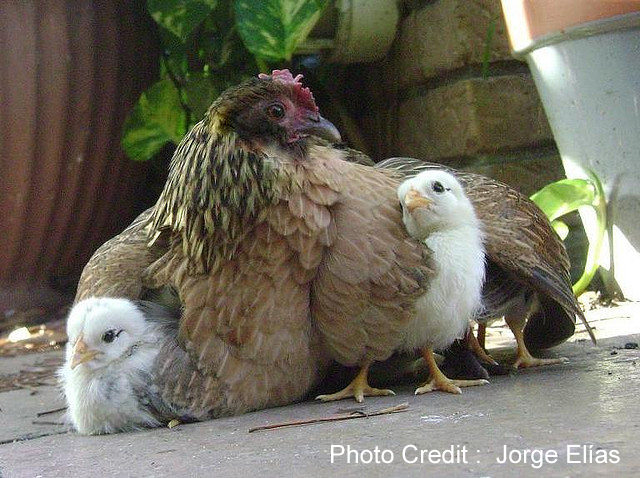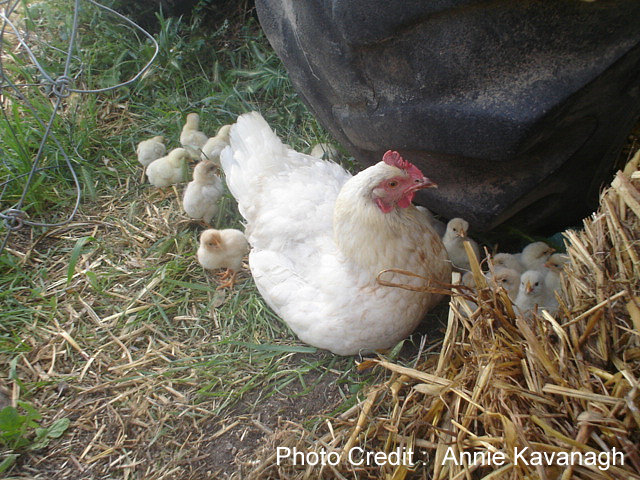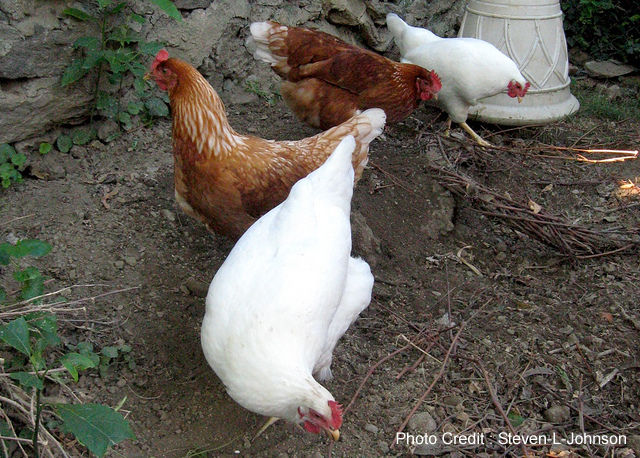There are two ways to hatch baby chicks; a small incubator and with good setting hens.
Hatching with a setting hen, requires waiting for a hen to go broody which somes breeds are more naturally prone to than others. But even then Spring and Summer are the most likely times of the year. For early chicks or for when an accomodating hen is not forthcoming, an incubator must be bought. Incubators can be as trustworthy as hens but will vary so you must always follow the manufacturers instructions and it is probably a good idea to get everything running and settled down for at least 24 hours before adding any hatching eggs.
The incubator is very little trouble and the care of the brooder is very little more trouble than the care of hens and if one has a good-sized flock of young chicks, or you would like your chickens to be more tame by handling them regularly then brooding them yourself might be preferred.

It is different with hens. Hens are like some women, they are very emotional and they can be as moody as a sixteen-year-old girl, that is some hens, yet one can come across “biddies” that are as steady as a rock.
Choose carefully when picking out a sitter. A hen that will fly from the nest when approached is the hen that is not to be trusted. The hen that will allow you to handle her without being flustered is likely to be the “biddy” that will break few eggs and the one that will hatch the greater number of chicks.
In preparing for your baby chicks, it is well to be sure of the fertility of your eggs. If you will try and get one egg from each hen in your yard, set these eggs under a good mother hen, test out on the fifth day, you will be apt to learn just what hens are throwing the infertile eggs.
The old way of trapnesting hens is a sure way to discover the hen that is laying the infertile egg but if you are a close observer, watch the hens for a few days, you can soon know the eggs from the different hens, that is provided your flock consists of not more than a dozen hens. I have found several tell-tale signs with my own hens, even those of the same breed, for instance one of mine lays an egg that is rounder than the others, anothers tend to have speckles, and several of the girls have different shades (one is particularly pale which make it very easy to keep tabs on her). Not to mention I quite often see who has gone into the nestboxes which does tend to make things a little easier 🙂

I found details of how one old time poultry keeper made broody nests for eight sitting hens at once. These nests are made as follows;
I make a lean-to shed two feet high at front and fourteen inches at the back. The shed is divided into eighteen-inch wide compartments, the shed being two feet wide. For the roof I use three twelve-inch planks patterned together. At the front or highest end, I hinge the roof to the coop so that it can be opened from the back or low side. This nest affair has no bottom but the nests are made in the ground, a hole scooped out and the nest well filled with straw. One should build his setting coop on a high piece of ground so as to avoid dampness.
In the front of my nest house I build runs, fourteen inches high, eighteen inches wide and four feet long. Over this I have a frame of wire netting, the frame so fixed that it can be raised. In these runs I have the water and feed for the hens and there is no chance for any of them to disturb the other.
I try and set eight hens when I have them and if my neighbors have good setters I purchase them. In this eight-compartment house I have hatched the most of my chicks for the last two years. I have a good incubator but as I am away from home the greater portion of my time, I had to quit hatching with an incubator. There is only one objection to an incubator and that is it is like a milk cow, it must be attended to night and morning. With setting hens fixed as described above, one can put in enough feed and water for several days and leave them to their own care.
I forgot to mention that I have little doors on leather hinges that I drop in front of each compartment and I generally keep them shut for the first two days, or until the hen shows that she is satisfied with her nest and means business. I find some hens flighty even after moving them to these nests and it is a good idea to put them on the nest with one egg and if they are setting well the next day, give them the whole setting. If the hen proves restless for two or three days, one is ahead to throw them into the break-up-broody coops and get another hen to take their place.
I always test the eggs on the fifth day, one can do it on the fourth day but the germ shows up better on the fifth day and it is easier for the amateur to distinguish the life germ. I find that one can get a good tester from the incubator companies. One that can be placed on a lamp is the most simple. If one buys a tester they can generally get directions how to use it.
A simple tester is made by taking a box, one about the size of an apple box, saw a hole in the side of the box about the height of the flame of a lamp. Place your lamp so that the flame comes to the hole, cover the open side with a cloth and bore a small hole in the top or end of the box, so the fume can get out of the box. Take your eggs and hold them to the hole in the box where the flame comes and if the egg be fertile you can see the life germ. This germ looks like a red spider and if it is a good healthy germ it will spread out so it can be easily distinguished.
When your hens begin to hatch, do not disturb them. Shut the hinged door in front of the nest. This makes things dark and the hen is more apt to stick to her nest until every egg is hatched.


 4. Build a Floor that will last:
4. Build a Floor that will last: